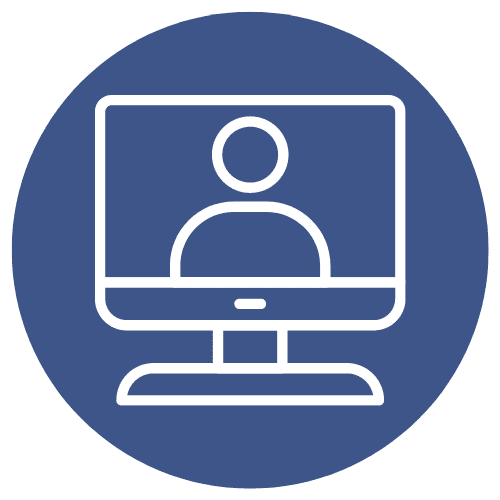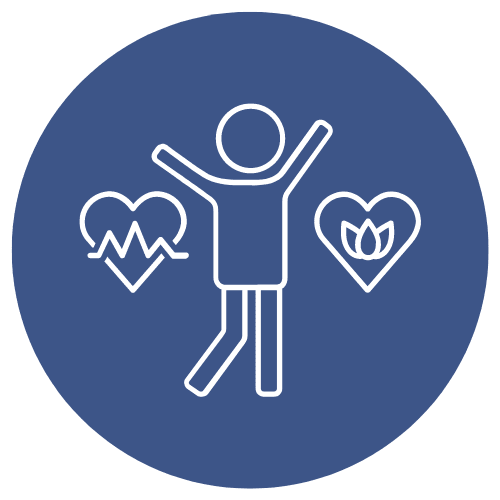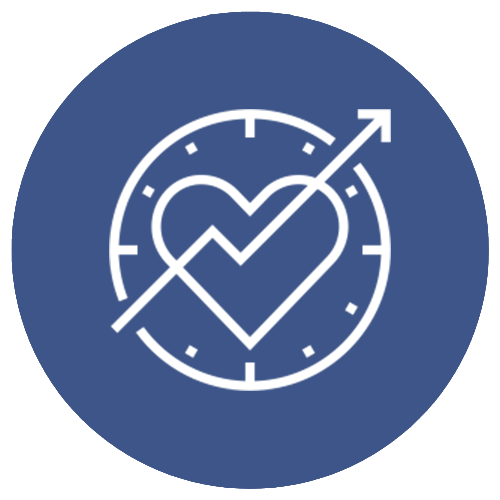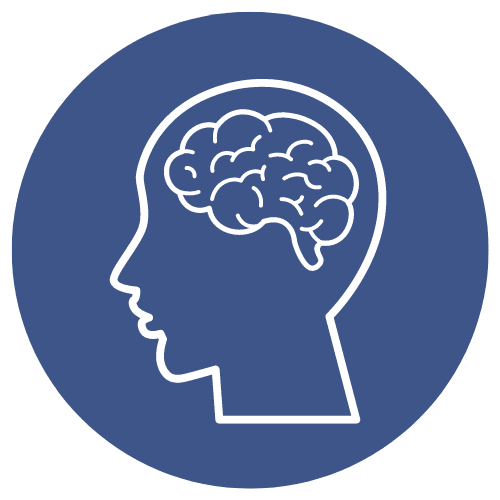Alcohol Treatment Tools
We’ve assembled several helpful tools to help people understand their current relationship with alcohol and to help them make informed decisions about changes they might like to make going forward. By the time people find their way to our website, they’re likely questioning the severity of their drinking and whether their current use is even considered a problem. The simplest answer to the question “Do I have an alcohol problem?” is this one: Alcohol is a problem in your life if it’s creating problems for you. Notice how that response focuses on the individual and not judgment by other people. While anyone’s alcohol use may cause other people problems, it’s not a problem for them until they decide that the consequences of their drinking on others, creates problems for them.
CAGE Assessment
A simple, four question tool to determine if alcohol abuse exists and needs to be addressed.
Bar Tab Calculator
A look at how much money drinking costs.
AUDIT Assessment
AUDIT is a simple and effective method of screening for unhealthy or risky alcohol use.
Dead-On-Date Calculator
Go Sober Overview
A video overview of our program
Standard Drink Equivalents
Treatment Program Comparison Table
Compare the different types of alcohol treatment programs here.
CAGE Assessment Tool
This assessment is called the CAGE Screening Tool For Alcoholism. It is a simple, four question tool to determine if alcohol abuse exists and needs to be addressed. CAGE is derived from the four questions of the tool: Cut down, Annoyed, Guilty and Eye-opener. Complete the questionnaire yourself. There’s always power in understanding
Standard Drink Equivalents
In the United States, one “standard” drink (or one alcoholic drink equivalent) contains roughly 14 grams of pure alcohol, which is found in:
- 12 ounces of regular beer, which is usually about 5% alcohol
- 5 ounces of wine, which is typically about 12% alcohol
- 1.5 ounces of distilled spirits, which is about 40% alcohol
Even though they come in different sizes, the drinks below are each examples of one standard drink:
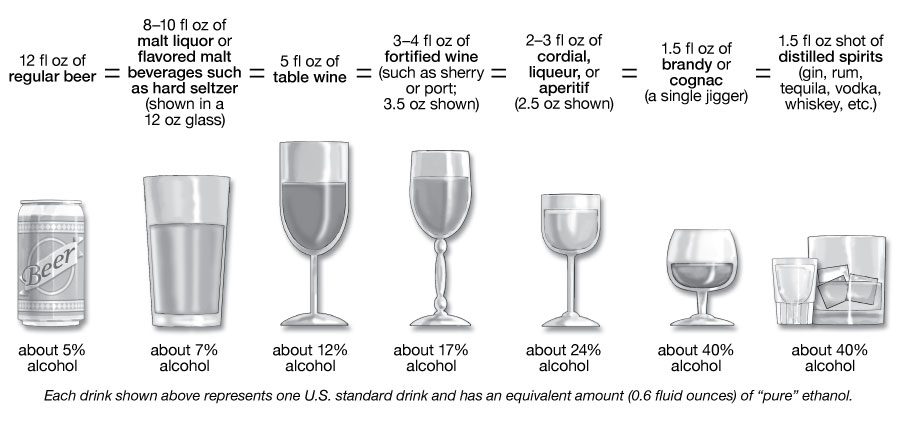
AUDIT Assessment Tool
This assessment digs a little deeper. It’s called the Alcohol Use Disorder Identification Test or simply AUDIT. AUDIT is a simple and effective method of screening for unhealthy or risky alcohol use. It is the most widely used alcohol screening tool in the world. Importantly, it provides a framework for further investigation to help people at risk, cease their alcohol consumption and avoid harmful consequences. The AUDIT score is broken into 3 categories which range from Low-risk or no action required all the way to Alcohol Dependent where detox and treatment are recommended. It’s a very helpful assessment that can be completed quickly and privately. Based on score, we offer suggestions for easy follow up.
Before taking this assessment, reference the Standard Drink Equivalents chart to help you submit your answers.
Bar Tab Calculator
Think what else you could do with that money!
Dead-On-Date Calculator
Treatment Program Comparison Table
The following table shows the different types of alcohol treatment programs available and illustrates some of the key tradeoffs of each. It clearly shows why some programs are less effective than others based on treatment type
Attribute | Detox | Rehab | Talk Programs | MAT | GO SOBER |
Description | Brief stay facility to get through withdrawals | Multi-week, residential facility to stop drinking | 1 on 1 or group discussion about quitting drinking | Medications to help people not drink. Usually in combination with some behavioral health | Evidence based, using meds and behavior science to treat cause and improve quality of life |
Length of Program | 1 to 5 days | 1 week to 90 days. Typically 28 days | Usually ongoing (forever) | Short or long term depending upon medication. Often a monthly Rx | 4 hrs/wk for about 75 days |
Scope | Supervision, hydration, medications and nutrients to manage withdrawal symptoms | Supervision, group discussion, counseling, coaching, education, physical activities, role playing and 12-step meetings. | Exchange of words, ideas, strategies and concepts to discourage drinking and make lifestyle changes | Drugs that punish (Antibuse) or reduce pleasure (Naltrexone), or have limited studies (Baclofen) or, simply treat alcohol symptoms (anxiety, sleep, depression and high BP.) | FDA meds & supplements that restore dopamine response plus 1 on 1 counseling & coaching to manage stress and improve life without alcohol |
Confidentiality | Private | Public - Groups | Public Groups (ex. Counseling) | Private | Private, Discreet |
Specific to Inividual | Private | Mostly group activity | Group activity except counseling | Standard protocol - one size fits all | All individualized counseling, life coaching, nutrition, stress management and personal 3-year plan |
Dishcharge Recommendations | Attend treatment & AA meetings | Sober living, AA meetings & ongoing relapse prevention | Empasizes one is always in Recovery. Focus on psychological reasons for drinking, rather than treating the problem. Emphasizes relapse prevention plan. | Take meds as prescribed. Attend AA meetings; focus on always in Recovery. Emphasis on Relapse Prevention | Develop strategies to manage stress. Develop nutritional and physical routines. Develop a 3-year plan for healthy lifestyle. |
Limitations | Does not treat the problem | Expensive, time-consuming, invasive and does not treat the problem | Does not treat the problem | Medications that do not treat the problem | Medications that DO treat the problem |
Cost | $$ | $$$ | $ | $ | $$ |
Efficacy | N/A - not treatment | Poor (16%-40%) | Poor (4%-8%) | Poor compliance | Excellent (Avg. 83%) |
Go Sober™ Medically-Based Outpatient Alcohol Treatment Program
At Go Sober, we have helped more than 2,000 clients quit alcohol permanently! Go Sober is a multidisciplinary, medically-based outpatient alcohol treatment program incorporating the latest in neuroscience, pharmacology, and behavioral science to treat alcoholism.
Unlike detox, rehab, or 12-step programs, we treat the condition that causes underlying thoughts about alcohol throughout the day. It’s those thoughts fueled by anxiety, irritability, and the anticipation of relief that cause the problem. Imagine going through the entire day without thinking about alcohol at all.
That’s what’s different about Go Sober and that’s what makes our success rates so much higher. Schedule your free consultation to get started today!

